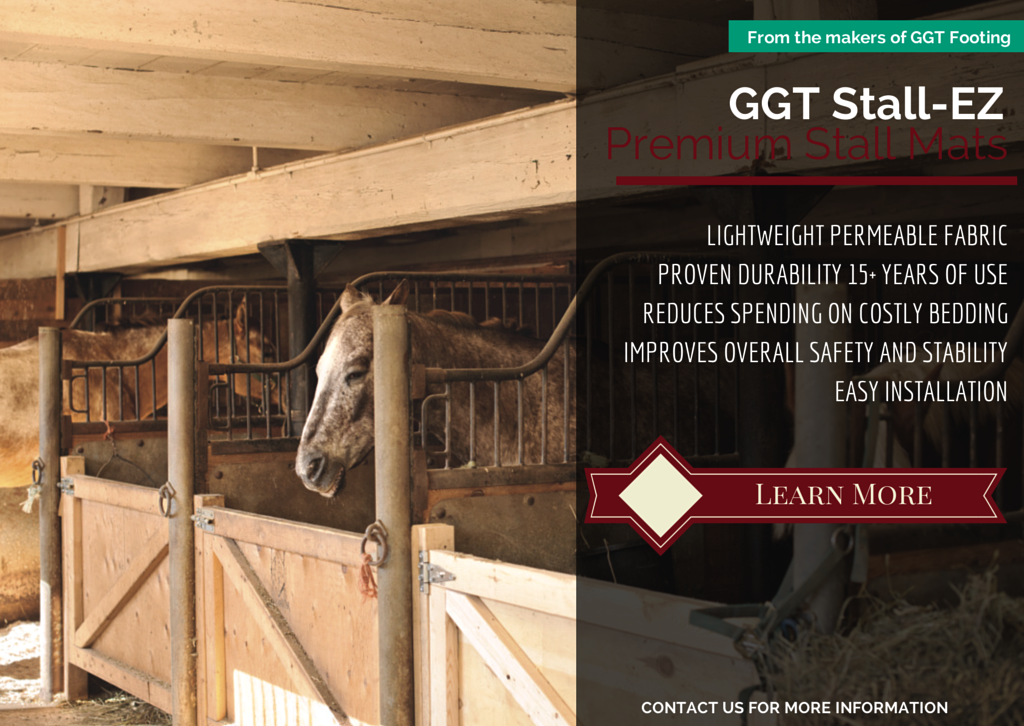Horseshoes aren't a new invention. The earliest known "shoes" were sandals fashioned by Roman soldiers that strapped on the hooves of their horses, giving the animals better traction along Rome's cobblestone roads. Hot shoeing became popular by the Middle Ages, and by the early 20th century, it was unthinkable to let your horse go without shoes. The obligatory trim and new shoes every six to eight weeks went without saying; if you owned a horse, you were on first name terms with his farrier.
Today, however, a new movement is afoot. Proponents of natural trimming or barefoot trimming believe that horses' hooves were meant to be free from metal shoes and that keeping a horse's feet trimmed but unshod not only results in healthier hooves, but healthier horses.
The Pros of Barefoot Trimming
There are many benefits from keeping your horse barefoot. Some of these benefits include:
- Saving money: Not only can you save money on the horse shoes themselves, but many horses can go a little longer between trims. This adds up to fewer farrier calls per year.
- Healthier horses: Many people who have switched their horses to barefoot trims report healthier hooves. Horses prone to hoof abscesses, for instance, tend to get fewer abscesses when they switch to barefoot trims.
- No more emergency farrier calls for missing shoes: If you've ever owned a horse prone to throwing shoes during turnout, you know how frustrating it can be to scratch your show entry or postpone a ride because of a missing shoe. With barefoot trims, you never have to worry about lost shoes.

The Cons
There are few cons to keeping a horse barefoot. Some horse owners cite the difficulty of transitioning shod horses to barefoot. There are some horses who cannot adapt; whether through genetics or conditioning, their feet cannot adapt to being without shoes.
Others find that their horses do fine without shoes under normal circumstances but require added protection for trail rides or competitions. The plethora of boots available for such horses provides flexible protection for those special events with compromising barefoot trims.
While there are many positives and few drawbacks to letting your horse go barefoot, it's important to work with a knowledgeable farrier to properly transition your horse from shoes to barefoot. It takes time and patience, but with both, and a little luck, you too can see the potential difference barefoot trimming makes to your horse.


